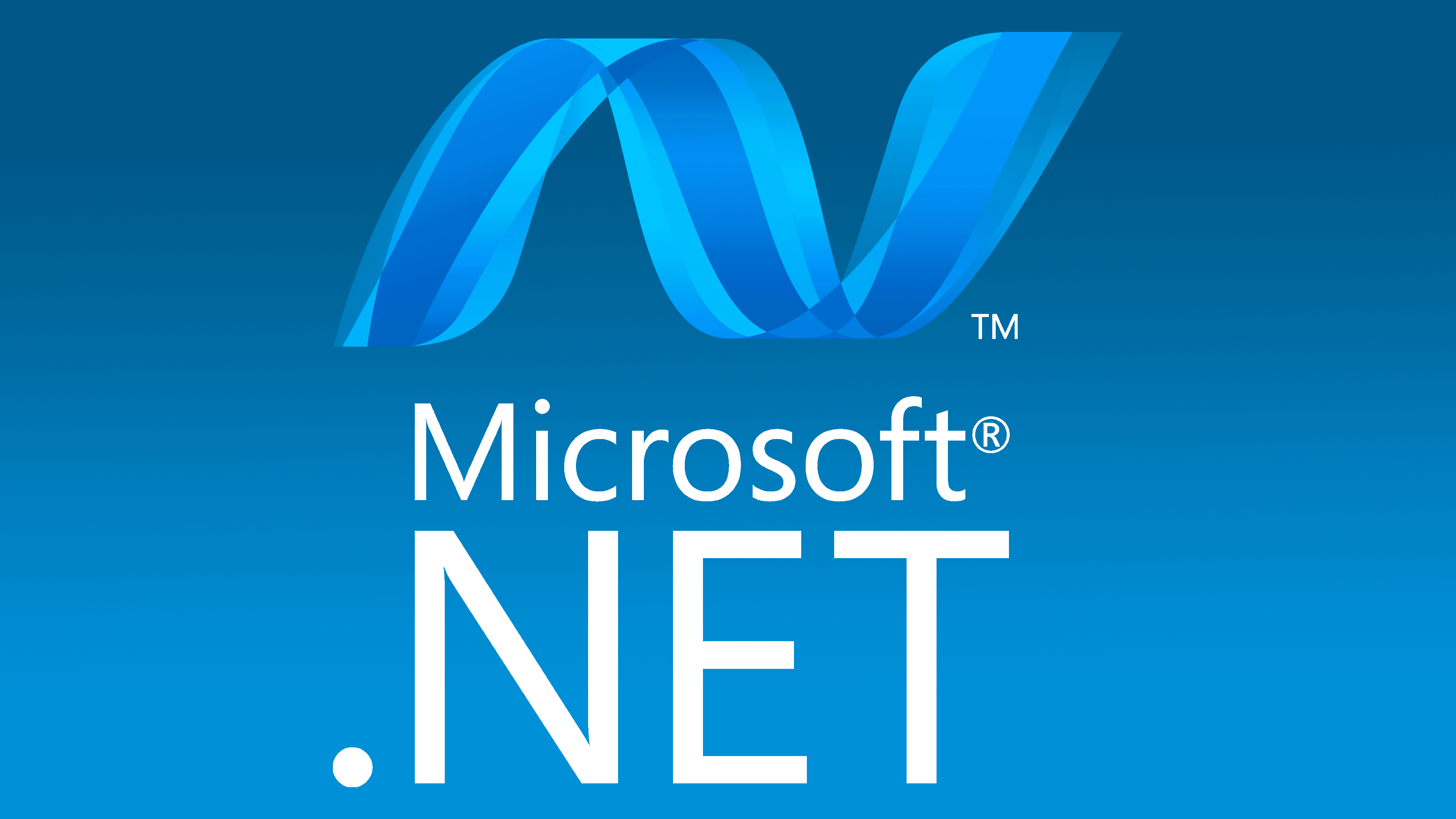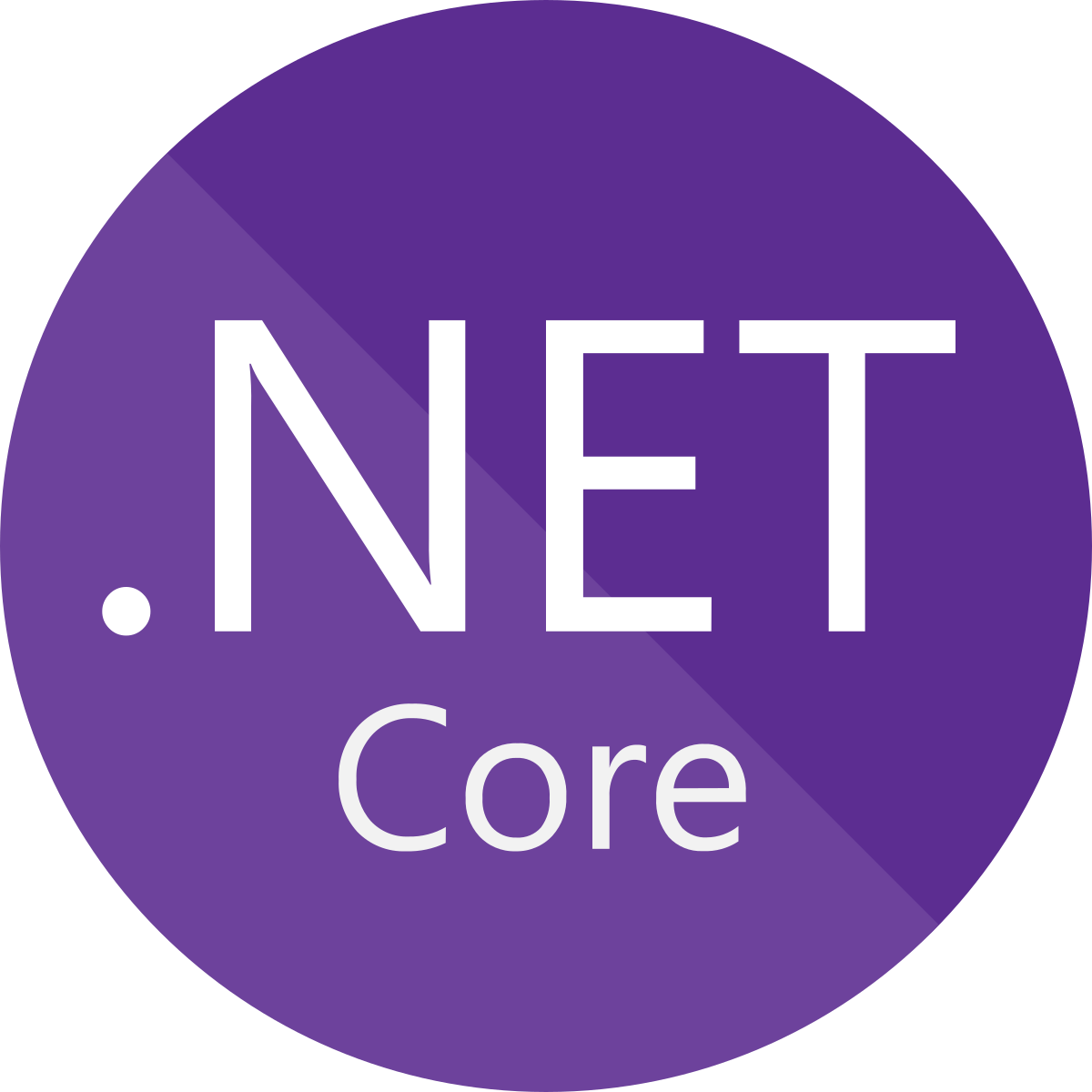The .NET framework has revolutionized the way developers create software applications, offering a versatile and powerful platform for building everything from simple desktop apps to complex enterprise solutions. Since its introduction by Microsoft in the early 2000s, .NET has become one of the most widely adopted development frameworks globally. Its ability to support multiple programming languages, coupled with its extensive class library, makes it an essential tool for modern software development.
Understanding .NET is crucial for both seasoned developers and those new to programming. The framework's comprehensive nature addresses various aspects of application development, including web services, desktop applications, and mobile solutions. Its cross-platform capabilities, particularly with the introduction of .NET Core and later .NET 5 and beyond, have expanded its reach beyond traditional Windows environments.
This article will delve into the core components of .NET, explore its evolution, and examine how it impacts modern software development practices. We'll cover everything from its basic architecture to advanced features, providing valuable insights for developers at all levels. Whether you're looking to build your first application or seeking to optimize existing solutions, this guide will equip you with essential knowledge about the .NET ecosystem.
- Exploring The Chromazz Fanbus A Comprehensive Guide For Enthusiasts
- Unveiling The Truth Behind Daphne Keen Leak A Comprehensive Analysis
Table of Contents
- History and Evolution of .NET
- Core Components of .NET Framework
- Understanding .NET Architecture
- Supported Programming Languages
- Cross-Platform Development with .NET
- Types of Applications You Can Build
- Performance Optimization in .NET
- Security Features and Best Practices
- Essential Tools for .NET Development
- The Future of .NET Development
History and Evolution of .NET
The journey of .NET began in the late 1990s when Microsoft recognized the need for a unified development platform that could address the growing complexity of software development. The first version, .NET Framework 1.0, was officially released in February 2002, marking a significant shift in Microsoft's development strategy.
Throughout its evolution, .NET has undergone several major transformations. The introduction of .NET Framework 2.0 in 2005 brought generics and improved ASP.NET capabilities. The release of .NET Framework 4.0 in 2010 introduced dynamic language runtime and enhanced parallel programming features. However, the most significant change came with the introduction of .NET Core in 2016, which marked Microsoft's commitment to open-source development and cross-platform capabilities.
The unification of .NET Core and .NET Framework into a single platform with .NET 5 in 2020 represented another milestone in the framework's evolution. This unified approach has simplified development processes while maintaining backward compatibility with existing applications. The latest versions continue to build upon this foundation, incorporating modern development practices and addressing contemporary challenges in software engineering.
- Jamie Luner Unveiling The Multifaceted Persona And Her Impact
- Exploring The World Of Omegle Oine A Comprehensive Guide
Core Components of .NET Framework
The .NET framework comprises several essential components that work together to provide a comprehensive development environment. At its core, the framework includes the Common Language Runtime (CLR), the Base Class Library (BCL), and various application frameworks.
The CLR serves as the execution engine for .NET applications, managing memory, handling exceptions, and providing essential services like garbage collection and type safety. This runtime environment ensures that applications run consistently across different platforms while maintaining high performance.
The Base Class Library provides a rich set of reusable classes, interfaces, and value types that simplify common programming tasks. These include file system operations, database connectivity, network communications, and more. Additionally, the framework includes specialized libraries for web development (ASP.NET), desktop applications (Windows Forms, WPF), and cloud integration, making it suitable for various application types.
Understanding .NET Architecture
The architecture of .NET is designed to provide developers with a flexible and efficient development environment. It comprises several layers that work together to support application development and execution.
Common Language Runtime (CLR)
The CLR is the heart of the .NET framework, responsible for executing managed code. It provides essential services such as memory management, thread management, and exception handling. The Just-In-Time (JIT) compiler within CLR translates Intermediate Language (IL) code into native machine code at runtime, optimizing performance while maintaining platform independence.
Key features of CLR include automatic memory management through garbage collection, type safety verification, and code access security. These features help developers focus on application logic rather than low-level system management, resulting in more efficient development processes.
Base Class Library (BCL)
The BCL provides a comprehensive collection of reusable classes, interfaces, and value types that form the foundation of .NET applications. It includes namespaces for fundamental operations like string manipulation, collection management, and file I/O.
Some notable namespaces in BCL include System for basic functionality, System.IO for file operations, System.Net for network communications, and System.Threading for concurrent programming. The library's modular design allows developers to use only the components they need, reducing application size and improving performance.
Supported Programming Languages
One of .NET's most significant advantages is its support for multiple programming languages. While C# remains the most popular language in the .NET ecosystem, the framework supports several other languages, including Visual Basic .NET, F#, and IronPython.
C# has become the de facto language for .NET development due to its modern features and strong integration with the framework. It combines object-oriented and functional programming paradigms, offering developers flexibility in their coding approach. F#, as a functional-first language, provides excellent support for mathematical computations and data processing tasks.
The language interoperability in .NET is achieved through the Common Language Specification (CLS), which defines a set of rules that languages must follow to ensure compatibility. This allows developers to use different languages within the same project, leveraging the strengths of each language where appropriate.
Cross-Platform Development with .NET
The introduction of .NET Core and its evolution into the unified .NET platform has significantly expanded the framework's cross-platform capabilities. Modern .NET applications can run on Windows, macOS, and various Linux distributions without modification.
This cross-platform support is particularly valuable for organizations seeking to develop applications that can operate in diverse environments. The framework's ability to target different platforms from a single codebase reduces development costs and maintenance efforts. Developers can create web applications using ASP.NET Core that run on Linux servers, build desktop applications for multiple operating systems using .NET MAUI, and develop mobile applications for iOS and Android.
The .NET ecosystem includes tools like Visual Studio Code and the .NET CLI, which provide consistent development experiences across different platforms. These tools, combined with containerization technologies like Docker, enable developers to create truly platform-agnostic applications.
Types of Applications You Can Build
.NET's versatility allows developers to create various types of applications, each supported by specific frameworks and libraries within the ecosystem. The most common application types include:
- Web Applications using ASP.NET Core
- Desktop Applications with Windows Forms and WPF
- Mobile Applications through .NET MAUI
- Cloud-based Solutions with Azure integration
- Microservices Architecture using .NET
- Internet of Things (IoT) Applications
- Game Development with Unity (which uses C#)
Each application type benefits from the framework's extensive libraries and tools, ensuring high performance and maintainability. The ability to share code across different application types further enhances development efficiency.
Performance Optimization in .NET
Performance is a critical aspect of any application, and .NET provides several mechanisms to optimize execution speed and resource utilization. Recent versions of the framework have introduced significant performance improvements, making .NET applications faster and more efficient than ever before.
Key performance optimization techniques in .NET include: - Asynchronous programming using async/await patterns - Memory-efficient data structures - Span
Developers can use profiling tools like Visual Studio Diagnostic Tools and dotTrace to identify performance bottlenecks and optimize code accordingly. The framework's built-in caching mechanisms and efficient garbage collection further contribute to application performance.
Security Features and Best Practices
Security is paramount in modern application development, and .NET provides robust mechanisms to protect applications from various threats. The framework includes several layers of security features, from code access security to encryption libraries.
Key security features in .NET include: - Code Access Security (CAS) - Role-Based Security - Cryptography libraries - Secure coding practices - Data protection APIs
Developers should follow best practices such as validating user input, using parameterized queries to prevent SQL injection, implementing proper authentication and authorization mechanisms, and keeping dependencies up-to-date to ensure application security.
Essential Tools for .NET Development
The .NET ecosystem offers a comprehensive suite of tools that support the entire development lifecycle. These tools range from integrated development environments (IDEs) to specialized utilities for testing and deployment.
Key tools in the .NET ecosystem include: - Visual Studio and Visual Studio Code - .NET CLI (Command-Line Interface) - NuGet Package Manager - Azure DevOps for CI/CD - xUnit, NUnit, and MSTest for unit testing - BenchmarkDotNet for performance testing
These tools integrate seamlessly with each other, providing developers with a consistent and efficient development experience. The availability of extensions and plugins further enhances the functionality of these tools, allowing developers to customize their development environment according to their needs.
The Future of .NET Development
The future of .NET development looks promising, with Microsoft continuing to invest heavily in the platform's evolution. Recent trends indicate a strong focus on cloud-native development, artificial intelligence integration, and improved developer productivity.
Upcoming features and improvements include: - Enhanced support for microservices architecture - Better integration with containerization technologies - Improved performance and memory management - Expanded AI and machine learning capabilities - Enhanced support for modern web standards
The .NET community's active involvement in the framework's development ensures that it remains relevant and responsive to modern development challenges. With regular updates and new features being introduced, .NET continues to be a leading choice for enterprise application development.
Conclusion
The .NET framework has established itself as a cornerstone of modern software development, offering a comprehensive and versatile platform for building various types of applications. From its robust architecture to its extensive library support, .NET provides developers with the tools they need to create high-performance, secure, and maintainable applications.
As we've explored throughout this article, .NET's evolution from a Windows-centric framework to a cross-platform development powerhouse demonstrates Microsoft's commitment to meeting modern development needs. The framework's support for multiple programming languages, its focus on performance optimization, and its strong security features make it an excellent choice for both new and experienced developers.
We encourage you to dive deeper into the .NET ecosystem and explore its capabilities for your next project. Whether you're building a simple web application or a complex enterprise solution, .NET offers the tools and resources you need to succeed. Share your thoughts in the comments below, and don't forget to check out our other articles for more insights into modern development practices.
- Is Their Love Story Still Alive Exploring Sophie And Robs Relationship Status
- Exploring The Mystical Traits Of December 12 Zodiac A Deep Dive Into Sagittarius Energy

